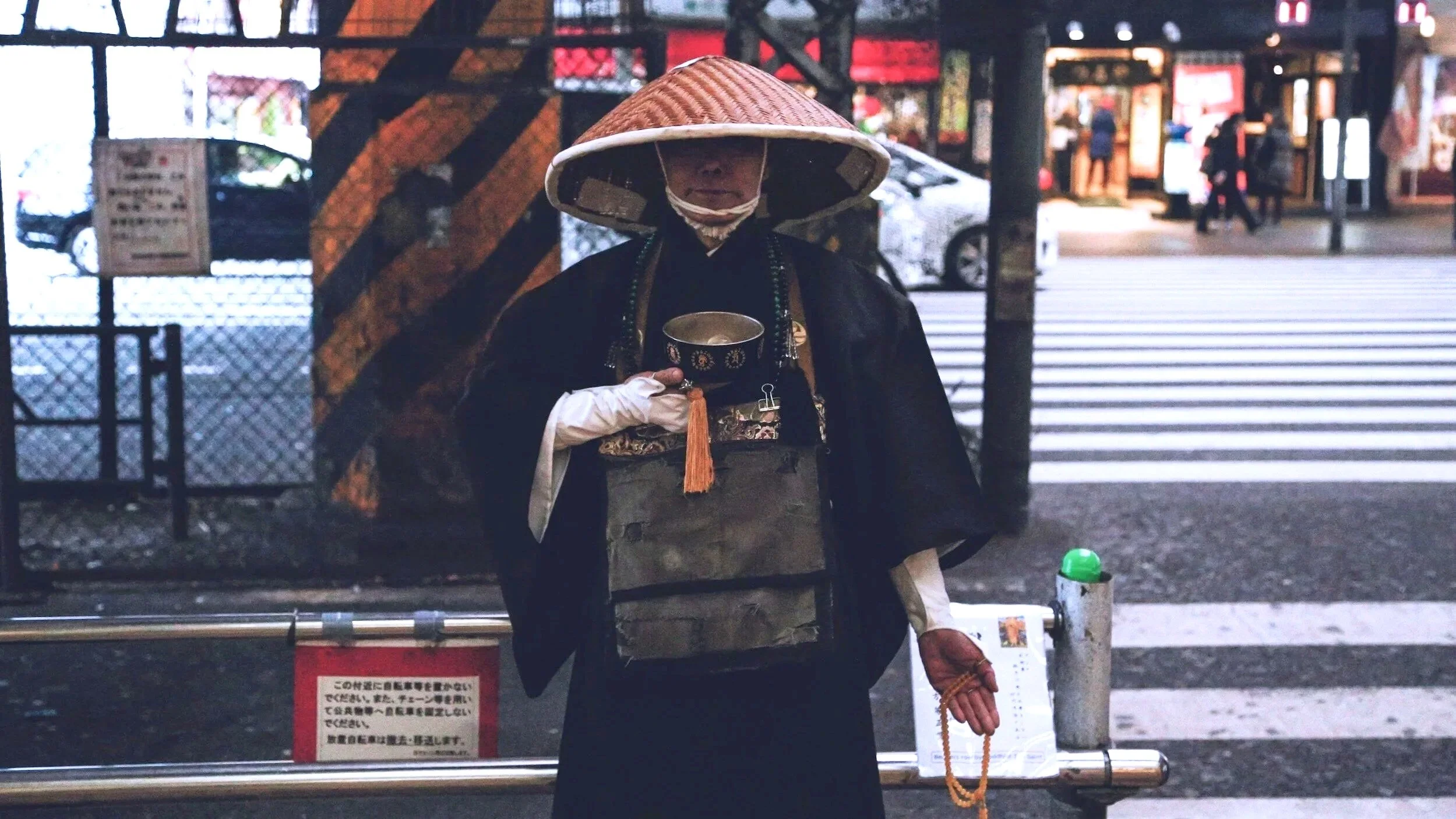The Soul of Japanese Denim - Why It’s Unlike Anything Else on Earth
Denim may be a universal fabric, but Japanese denim is something else entirely. It is cloth that feels alive - evolving, fading, softening, and shaping itself to the human who wears it. To the untrained eye, it looks like denim. But to those who understand craftsmanship, texture, and tradition, it is a textile with a soul.
Why does Japanese denim stand apart?
Why do enthusiasts worldwide travel to remote villages in Japan just to touch, see, and experience the fabrics created there?
To understand this, you must understand Japan. A place where craftsmanship is a belief system.
Where materials are respected. Where mastery demands patience. Where the journey matters as much as the result. This is the spirit woven into every meter of Japanese selvedge denim.
Craftsmanship as a Way of Life - The Shokunin Spirit
In Japan, the word shokunin doesn’t just mean “craftsman.”
It represents a philosophy - the belief that true mastery requires:
devotion to a singular craft
an almost spiritual discipline
respect for tools and tradition
responsibility to serve society with good work
A shokunin does not chase trends. They chase perfection - even if they know perfection is unreachable.
This mindset is the backbone of Japanese denim. When a weaver steps into a small mill in Okayama, Tokushima, or Ibara, they aren’t operating a machine. They’re performing a ritual. Thread tension is adjusted by feel. Shuttle speed is tuned by ear. Fabrics are judged by touch, not by numbers.
Every meter of denim carries the fingerprint of the artisan behind it. That alone sets Japanese denim apart from all global counterparts.
Why Slow Looms Make Superior Denim
While the rest of the world abandoned shuttle looms for faster, cheaper production, Japan embraced them - rebuilt them, restored them, preserved them.
Why?
Because shuttle looms, though slow and inconsistent, produce denim with:
natural slubs
organic texture
an uneven character that ages beautifully
tighter edges (selvedge) that won’t fray
a density and richness modern looms cannot replicate
Japanese mills like Toyoda, Kuroki, Nihon Menpu, and Collect Mill still operate machines from the 1920s-1960s - not out of nostalgia, but because no modern machine can match the soul those old looms produce. It sounds romantic because it is romantic. Japanese denim is slow fashion in the truest sense. You can’t rush quality. You can’t automate personality. You can’t mass-produce soul.
Indigo as Heritage, Ritual, and Cultural Identity
To talk about Japanese denim is to talk about indigo - not the synthetic versions used globally today, but ai-zome, the traditional Japanese indigo dye.
Indigo in Japan is:
a farmed plant
a fermented dye
a cultural symbol
a spiritual color
a craft passed down through families
For centuries, Japanese farmers cultivated Polygonum tinctorium and fermented the leaves into a paste called sukumo. The fermentation process required:
weeks of temperature control
daily stirring
precise pH balance
generational knowledge
When the denim enters the dye bath, it does not turn blue instantly. It emerges green, and only upon oxidation in the air does it transform into the iconic deep indigo. Every dip deepens the color. Five dips. Ten dips. Twenty dips. The indigo masters decide when it’s done - and they decide by instinct, not machines.
This is why Japanese indigo has depth. It is not one flat blue. It is dozens of layers of blue, revealing themselves slowly as the denim ages. It is a color that lives.
A Fabric That Learns Its Wearer
Pre-distressed and pre-washed denim comes with a story already printed onto it. Japanese raw denim comes blank - and then it becomes you.
Every crease, fade, whisker, and honeycomb pattern is a direct imprint of your life:
how you walk
where you sit
how you move
what you carry in your pockets
No two pairs will ever age the same. And no pair can ever be duplicated or mass-produced. This is why raw Japanese denim feels almost intimate. It becomes a diary - written in indigo, sunlight, friction, and time.
A Global Benchmark Built on Tradition, Not Trends
Today, Japanese denim is the world standard for quality. Not because Japan reinvented denim - but because it protected the traditional methods that other countries abandoned.
Brands like:
… did not chase fast fashion. They focused on:
superior cotton
tighter weaves
natural dyes
ethical production
human craftsmanship
timeless design
And the world recognized their dedication.
The result? A fabric that is stronger, richer, more soulful, and more meaningful than anything produced by modern industrial denim mills.
Where This Story Continues
This blog post is only the beginning - a first glimpse into the deep, fascinating universe of Japanese denim.
If you want to explore:
the philosophy behind Japanese craftsmanship
the full process of indigo farming, fermentation, and dyeing
the revival of shuttle looms and selvedge weaving
how denim became a cultural ambassador for Japan
… then my book Threads of Tradition: The Legacy of Japanese Denim takes you deeper into this world than any article ever could. The book is your place to explore the full story - the heritage, the craft, the brans and the passion.
Available now:
Amazon - Paperback & Kindle
Apple Books - eBook Edition
Google Books - Digital Edition




